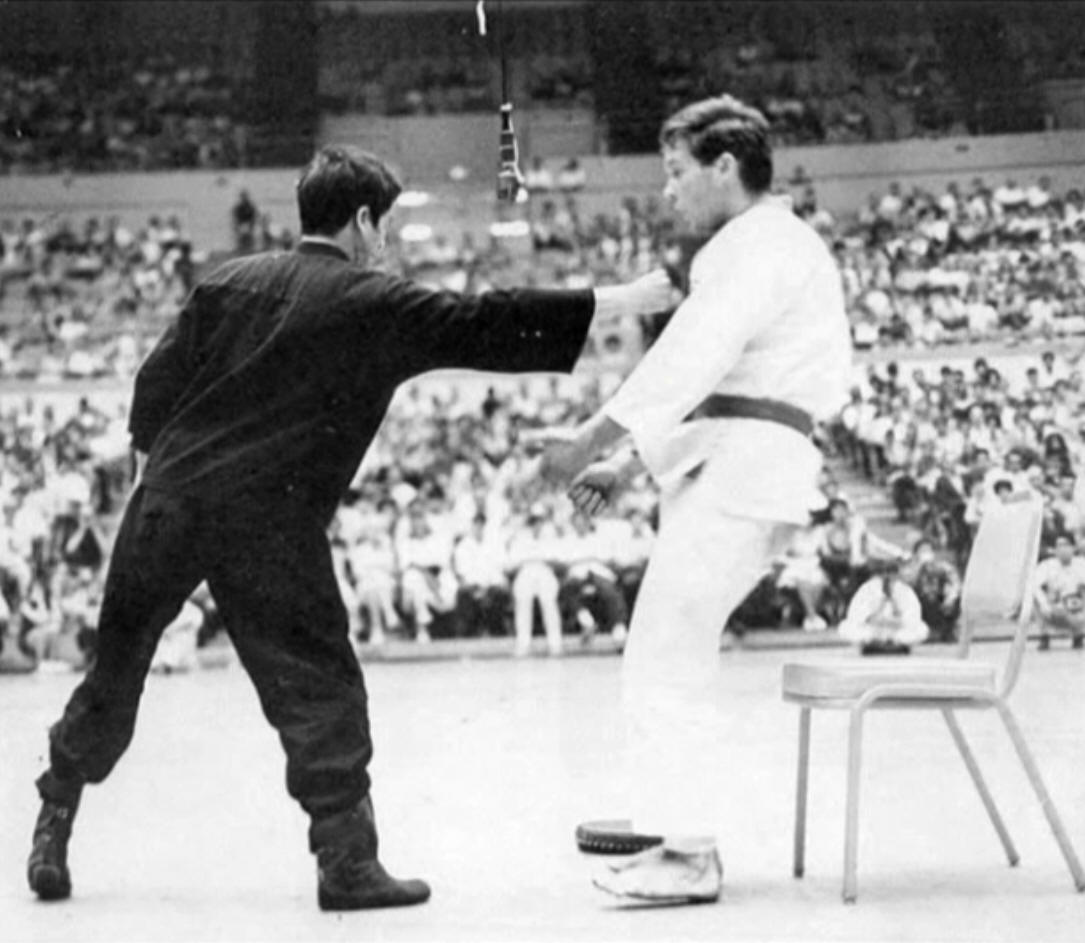Gathering and discharging of Energy in martial arts- as promised :)
Earlier this week Abisha Soans from our Martial Arts Forums group on Google+ asked what I have meant by "gathering of energy" in an earlier post about kata.

From these tell-tale movements we can deduce that there is a phase in which the attacker first gathers energy- by first relaxing the muscles involved- before shooting the fist out.

In Taijiquan we refer to this phase of relaxing as "Fasong". Karate also has such a phase in its techniques. It is also evident in kata and good "kime"(fixed delivery- best translation I have...) is actually the result of a good management of the phases of Fasong and Fajing.

Fajing refers to that phase in the delivery of a blow when the muscles contract sharply to lend the blow explosive power.
Now- in kata or taolu you will find that a continuous set of fajing movements tend to get you out of breath and tire you out. Some Taiji forms may have a lot of fasong movements. This is usually because the form was then designed for health purposes.
From a qigong point of view- if you placed your palms close to each other you will feel a distinct force (push, pull or both) when you remain in a good posture and relaxed. You will learn quickly that you can feel qi gather in the fasong phase This is usually when one breathes in.
Because many Taijiquan forms are slow it is very easy to become aware of the flow of energy through the limbs during practice.
In styles like karate where there is a lot of sparring you do not have a lot of time to gather energy. Energy is then kept ready in the kamae or yoi postures and released in an attack or even series of attacks when necessary.
I hope this explains a bit what it means.
I wrote this post a bit earlier than usual, because I will be at a karate tournament tomorrow. Maybe I will have something to show for it next time. :D
Have a great weekend!
I always know in the back of my mind that not all martial artists emphasise- in some cases give any regard to- the same things that others do, but I I am often so careful not to ramble off the topic in my posts that a lot of explanations never come.
The best example I can think of giving you to illustrate when energy is gathered and when it is released is with strikes and percussive blows.
When non-martial arts folk (can I call them Muggles or something like that?) want to hit someone really hard they inhale, pull back the hand and then swing through. Then- when you teach them to cock the fist at the hip like a karateka to do a straight punch you will still notice some unnecessary preparatory movement before the punch goes. Don't laugh too hard at this. I also know about karate folk who do not make any tell-tale movements, but whose punches have no significant power either. (No! Being able to hurt the smaller guys in the dojo does not count, btw...)

From these tell-tale movements we can deduce that there is a phase in which the attacker first gathers energy- by first relaxing the muscles involved- before shooting the fist out.

In Taijiquan we refer to this phase of relaxing as "Fasong". Karate also has such a phase in its techniques. It is also evident in kata and good "kime"(fixed delivery- best translation I have...) is actually the result of a good management of the phases of Fasong and Fajing.

Fajing refers to that phase in the delivery of a blow when the muscles contract sharply to lend the blow explosive power.
Now- in kata or taolu you will find that a continuous set of fajing movements tend to get you out of breath and tire you out. Some Taiji forms may have a lot of fasong movements. This is usually because the form was then designed for health purposes.
From a qigong point of view- if you placed your palms close to each other you will feel a distinct force (push, pull or both) when you remain in a good posture and relaxed. You will learn quickly that you can feel qi gather in the fasong phase This is usually when one breathes in.
Because many Taijiquan forms are slow it is very easy to become aware of the flow of energy through the limbs during practice.
In styles like karate where there is a lot of sparring you do not have a lot of time to gather energy. Energy is then kept ready in the kamae or yoi postures and released in an attack or even series of attacks when necessary.
I hope this explains a bit what it means.
I wrote this post a bit earlier than usual, because I will be at a karate tournament tomorrow. Maybe I will have something to show for it next time. :D
Have a great weekend!





Comments
Post a Comment